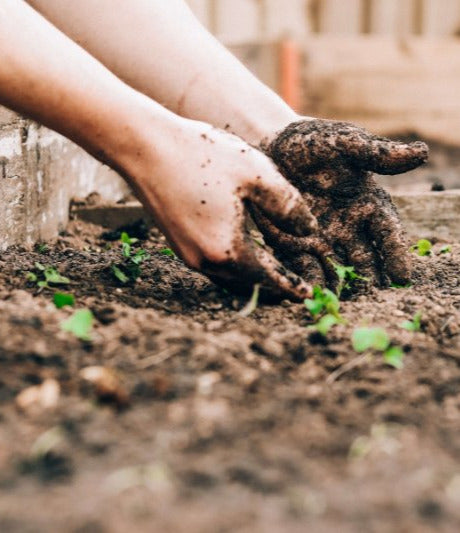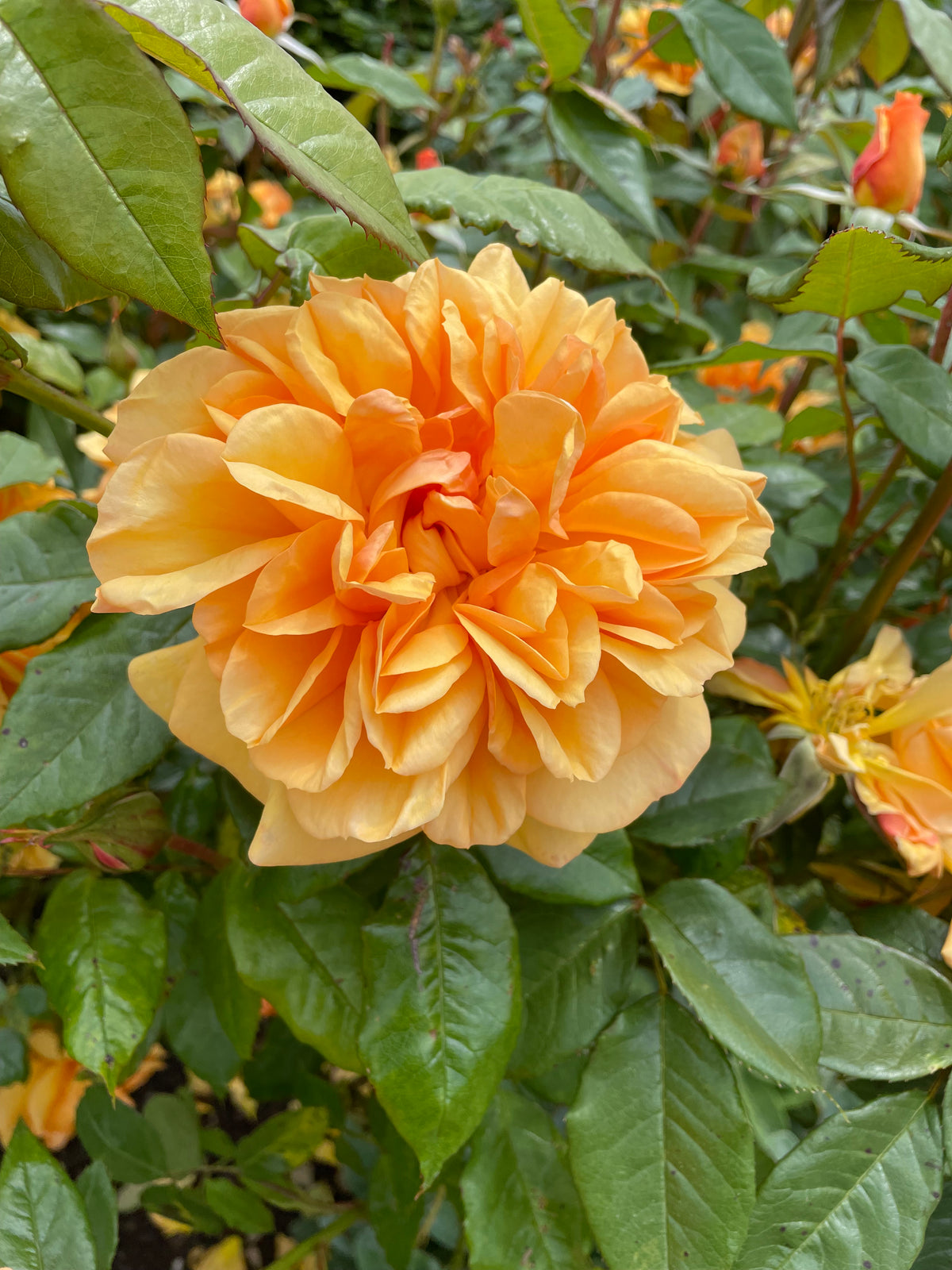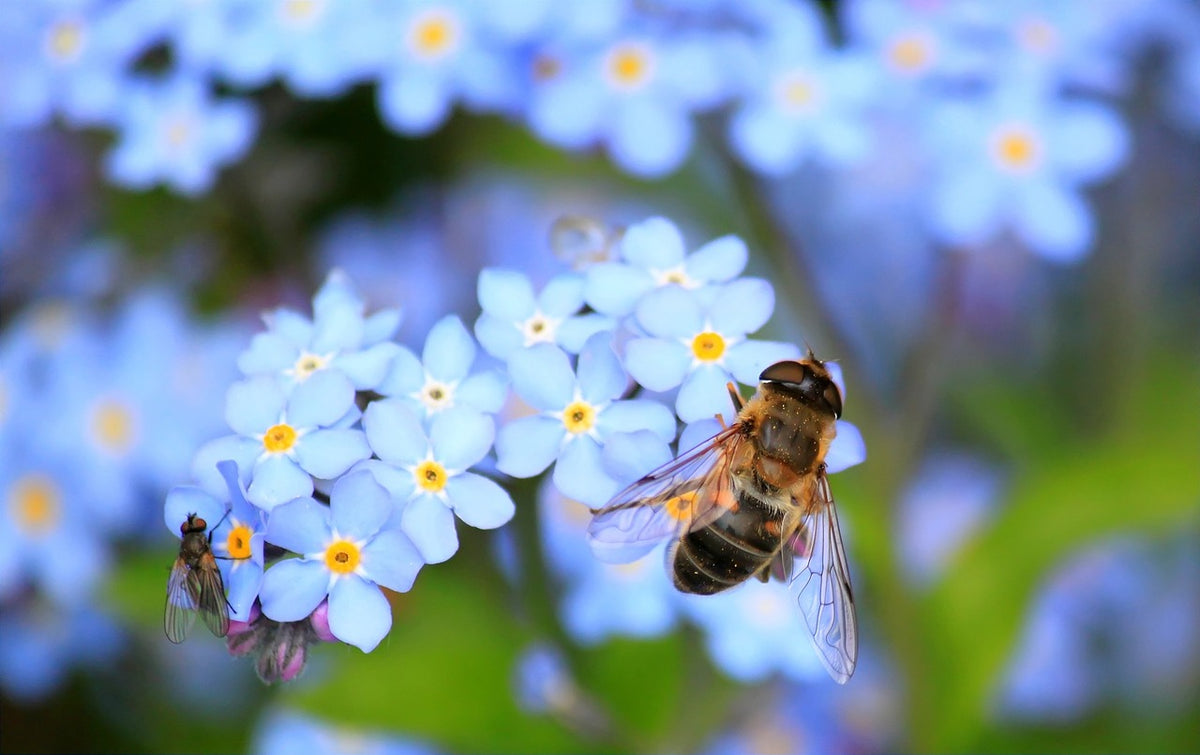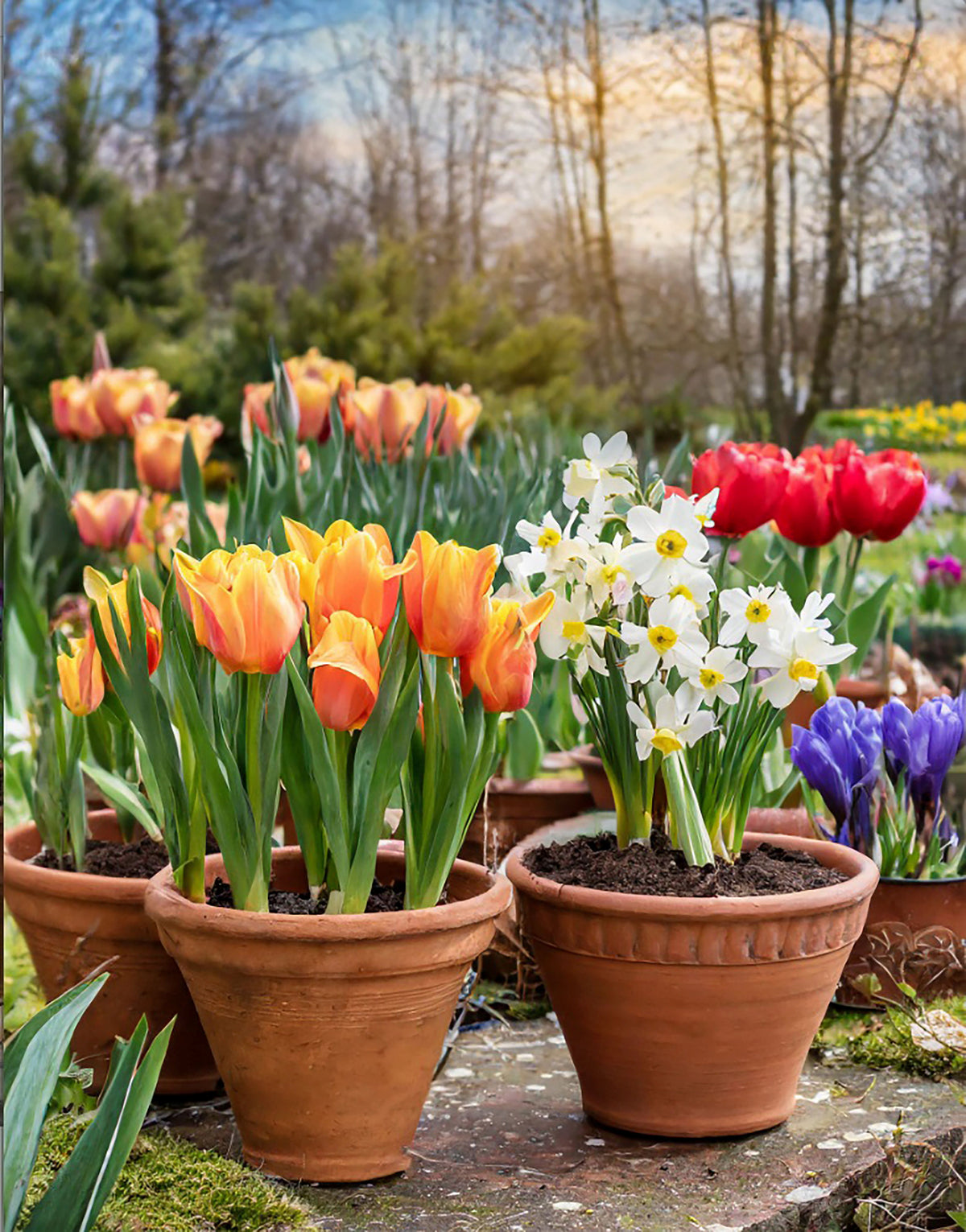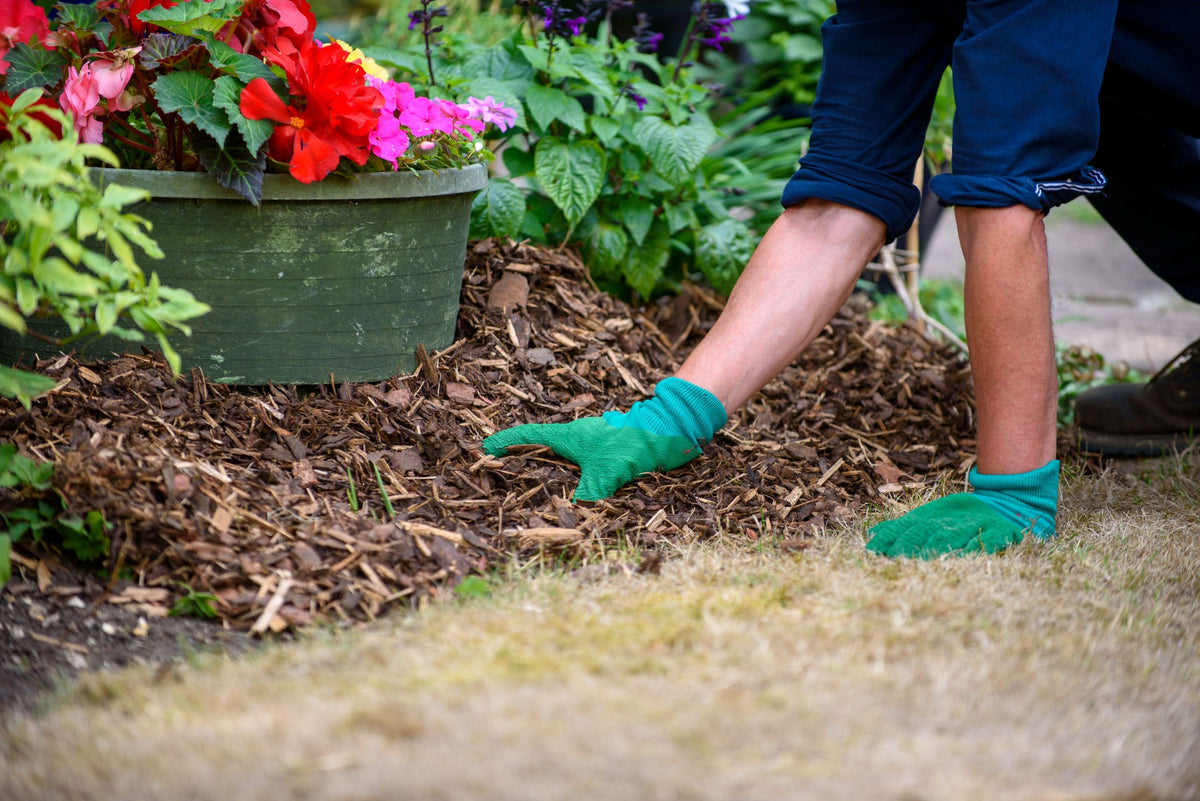Healthy soil is the foundation of a biodiverse garden. Using nutrient-rich compost and quality soil improvers encourages strong plant growth and attracts soil-dwelling creatures like earthworms, which naturally aerate and fertilise your garden beds.
Regularly add compost or well-rotted organic matter to your soil to maintain fertility and structure. This not only feeds your plants but also supports beneficial microorganisms that form the backbone of a healthy ecosystem.
Plant a variety of species
Diversity above ground is just as important as below ground. So make sure you plant and nurture a variety of plants including:
- Native plants: which help support local wildlife better than non-native species.
- Flowering plants: different bloom times provide nectar for pollinators throughout the year.
- Vegetables and herbs: edible plants can also attract beneficial insects.
By planting a mix of trees, shrubs, perennials and ground covering plants you'll provide shelter, food and nesting opportunities for birds, insects and small mammals.
Create habitats
Small habitats can make a big difference:
- Ponds or water features attract frogs, newts and dragonflies.
- Log piles or rockeries provide homes for hedgehogs, beetles and spiders.
- Wildflower patches or meadow areas support bees, butterflies, and other pollinators.
Even a corner of your garden left to grow naturally can become a valuable wildlife sanctuary.
Reduce chemicals
Avoid chemical pesticides and herbicides wherever possible. These can harm beneficial insects and disrupt the natural balance of your garden. Organic pest control solutions and companion planting are safer and encourage biodiversity.
Mulch and compost wisely
Mulching with an organic blend helps retain soil moisture, suppress weeds, and feed the soil’s ecosystem as it breaks down. Spread a layer of compost-enriched mulch around your plants in the spring and autumn to improve soil structure and provide a slow-release source of nutrients.
Encourage pollinators
Pollinators are essential to biodiversity. Plant a range of flowers with different shapes, colours and flowering seasons. Consider:
- Lavender, salvia and borage for bees.
- Buddleia and verbena for butterflies.
- Wildflowers for hoverflies and beetles.
Adding a bee hotel or leaving patches of soil for ground-nesting bees can also help sustain their populations.
Learn and adapt
A biodiverse garden is a work in progress. So notice which plants and habitats attract wildlife in your garden, understand what grows well and adjust your planting and what you add to your soil accordingly. Over time this approach will help your garden to become a thriving, self-sustaining ecosystem.
Always start with your soil
Every biodiverse garden can only be created with strong, fertile soil. By using high-quality compost, organic mulch and nutrient-rich topsoil, you’re not only supporting healthy plant growth but also creating a foundation for wildlife and beneficial insects to thrive.
Our premium composts, soil improvers and mulches will help create a bio-diverse garden that’s beautiful, productive and full of life. Browse our collections here.








